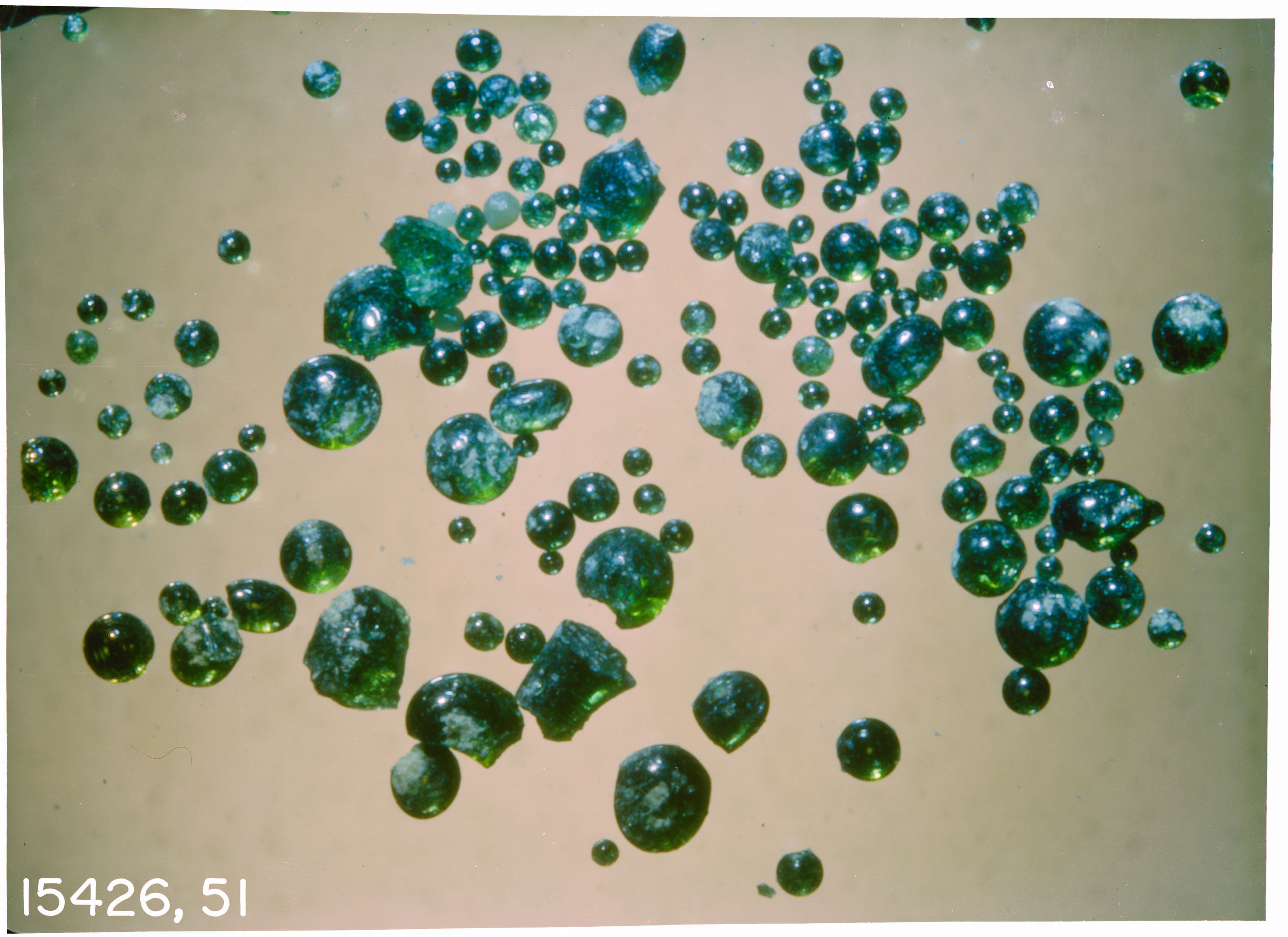
The Passive Seismic Experiment was the first seismometer placed on the Moon’s surface. It allowed scientists to learn about the internal structure of the Moon. Credit:NASA
Last year, scientists took another look at the seismic data collected by Apollo era experiments and discovered that the lower mantle of the Moon, the part near the core-mantle boundary, is partially molten (e.g., Apollo Data Retooled to Provide Precise Readings on Moon’s Core,Universe Today, Jan. 6, 2011). Their findings suggest that the lowest 150 km of the mantle contains anywhere from 5 to 30% liquid melt. On the Earth, this would be enough melt for it to separate from the solid, rise up, and erupt at the surface. We know that the Moon had volcanism in the past. So, why is this lunar melt not erupting at the surface today? New experimental studies on simulated lunar samples may provide the answers.
It is suspected that the current lunar magmas are too dense, in comparison to their surrounding rocks, to rise to the surface. Just like oil on water, less dense magmas are buoyant and will percolate up above the solid rock. But, if the magma is too dense, it will stay where it is, or even sink.
Motivated by this possibility, an international team of scientists, led by Mirjam van Kan Parker from the VU University Amsterdam, has been studying the character of lunar magmas. Their findings, which were recently published in the Journal Nature Geoscience, show that lunar magmas have a range of densities that are dependent on their composition.
Ms van Kan Parker and her team squeezed and heated molten samples of magma and then used X-ray absorption techniques to determine the material’s density at a range of pressures and temperatures. Their studies used simulated lunar materials, since lunar samples are considered too valuable for such destructive analysis. Their simulants modelled the composition of Apollo 15 green volcanic glasses (which have a titanium content of 0.23 weight %) and Apollo 14 black volcanic glasses (which have a titanium content of 16.4 weight %).
Samples of these simulants were subjected to pressures up to 1.7 GPa (atmospheric pressure, at the surface of the Earth, is 101 kPa, or 20,000 times less than what was achieved in these experiments). However, pressures in the lunar interior are even greater, exceeding 4.5 GPa. So, computer calculations were conducted to extrapolate from the experimental results.
The combined work shows that, at the temperatures and pressures typically found in the lower lunar mantle, magmas with low titanium contents (Apollo 15 green glasses) have densities that are less than the surrounding solid material. This means they are buoyant, should rise to the surface, and erupt. On the other hand, magmas with high titanium contents (Apollo 14 black glasses) were found to have densities that are about equal to or greater than their surrounding solid material. These would not be expected to rise and erupt.
Since the Moon has no active volcanic activity, the melt currently located at the bottom of the lunar mantle must have a high density. And, Ms van Kan Parker’s results suggest that this melt should be made of high titanium magmas, like those that formed the Apollo 14 black glasses.
This finding is significant, because high titanium magmas are thought to have formed from titanium-rich source rocks. These rocks represent the dregs that were left at the base of the lunar crust, after all the buoyant plagioclase minerals (which make up the crust) had been squeezed upwards in a global magma ocean. Being dense, these titanium-rich rocks would have quickly sunk to the core-mantle boundary in an overturn event. Such an overturn even had been postulated over 15 years ago. Now, these exciting new results provide experimental support for this model.
These dense, titanium-rich rocks are also expected to have a lot of radioactive elements, which tend to get left behind when other elements are preferentially taken up by mineral crystals. The resulting radiogenic heat from the decay of these elements could explain why parts of the lower lunar mantle are still hot enough to be molten. Ms van Kan Parker and her team further speculate that this radiogenic heat could also be helping to keep the lunar core partially melted even today!
Neutral buoyancy of titanium-rich melts in the deep lunar interior, van Kan Parker et al. Nature Geoscience, Feb. 19, 2012, doi:10.1038/NGEO1402.
Source: Universe Today


No hay comentarios:
Publicar un comentario